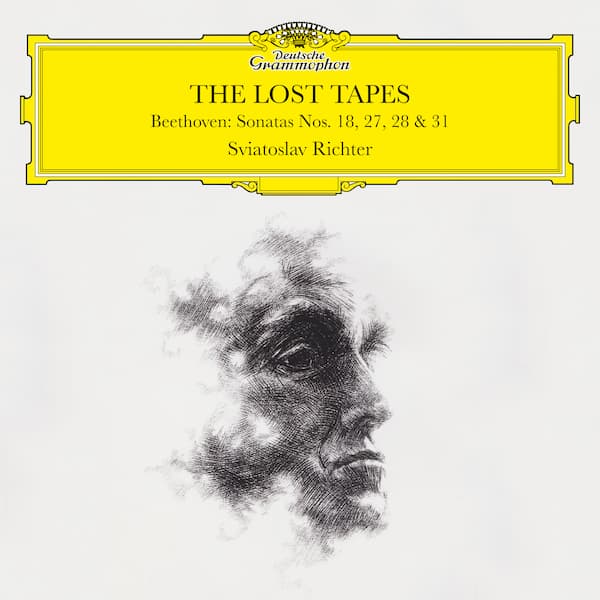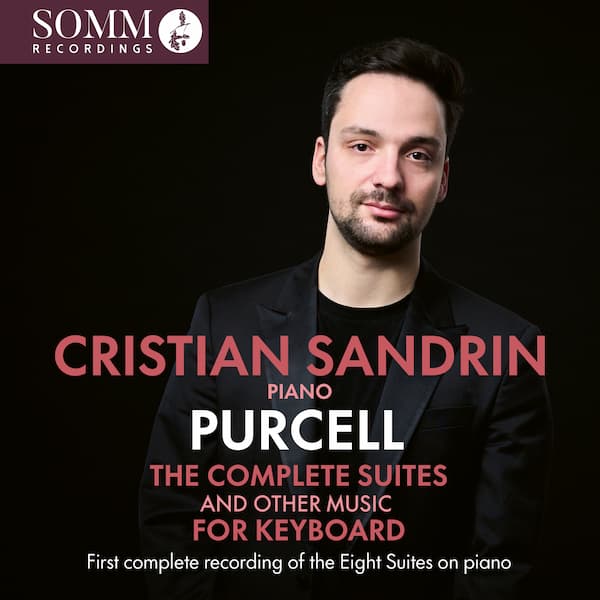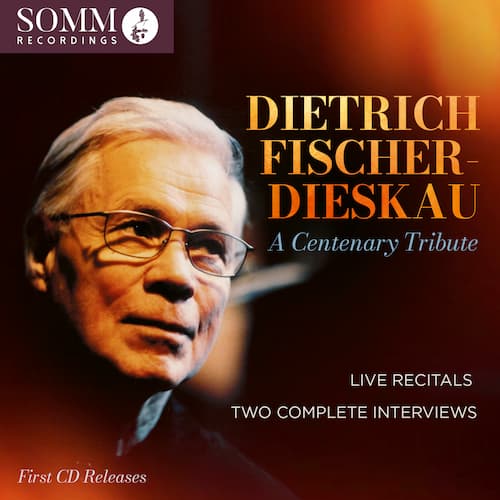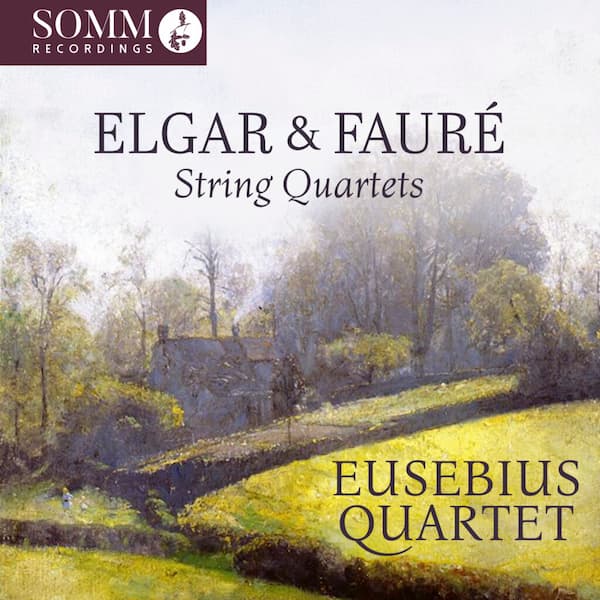Canadian composer Emilie Cecilia LeBel has emerged as one of the country’s most acclaimed musical voices, known for her atmospheric and introspective compositions that captivate listeners. Following the success of her JUNO-nominated debut album, field studies, LeBel’s latest release, Landscapes of Memory, explores new sonic landscapes with two extended piano solos that incorporate the eBow, an electromagnetic device that creates sustained, ethereal tones. Recorded by renowned contemporary pianists Wesley Shen and Luciane Cardassi, each piece reflects a unique geographical setting. In this interview, Emilie discusses the inspirations behind her work and her creative collaboration with these exceptional pianists.
Starting with the album Landscapes of Memory, I am particularly interested in the process of the two compositions and how Emilie came up with the idea of collaborating piano with the eBow.
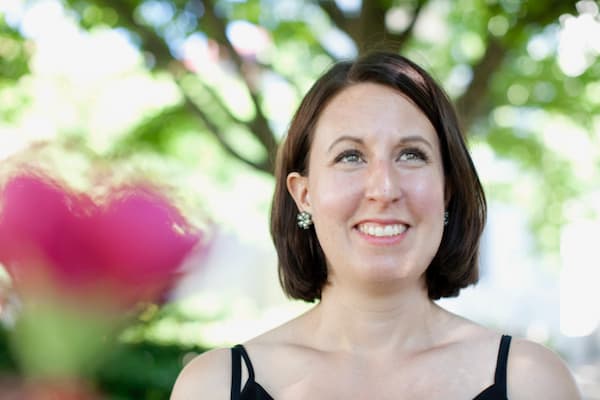
Emilie Cecilia LeBel © Phillipa C. Photography
There were two starting points for this project – long-form composition for the piano, and collaborative process. Within this framework, I was interested in expanding the resonance of the piano to investigate colour in a longer structure or pacing. The EBow was the ideal way to create sustained tone that integrates with the piano’s acoustics. From there, I explored how to weave harmony around the drone to alter and expand the resonance of the piano. I had workshops with each pianist, so that we could experiment with the pieces-in-progress to find the right balance.
Emilie shared that titles often develop gradually as she writes, evolving to reflect the essence of each piece. For ghost geography, the title came later in the process, inspired by the presence and history of the North Saskatchewan River. She found the river to be a powerful source of inspiration, capturing a sense of place, memory, and the lingering traces of history along its banks.
ghost geography
Before getting to the work of composing, I start a new project with a clear idea of what I want to the soundworld to be, and what ideas will shape this world. This usually includes an extramusical idea, and a title that relates to this. I find that when I have clarity on this, then I have a clear direction for starting the piece. Starting is always the difficult part, so information-gathering helps me get things rolling. The inspiration for this project started with drawings of the Mississippi River that I encountered a few years ago. There were many years of maps overlayed in different colours, which showed the changes to the river’s path over time. It was quite drastic how much the river has changed. This motivated me to look at the river that I live close to, which is an important watershed for all the prairie provinces in Canada. I took on my own project of finding old maps, overlaying them to create a sort of palimpsest of the river. There were gradual changes, repeated patterns, and small variations, which became the musical starting point for the piece. ghost geography came out of seeing all the ghosts or old iterations of the river.
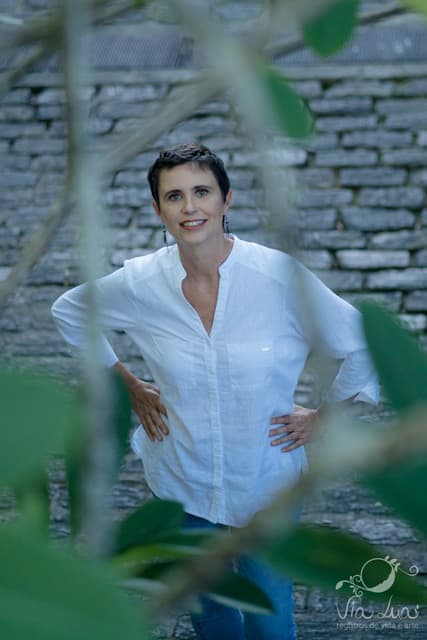
Luciane Cardassi © Lia Sfoggia
Unlike ghost geography, which is a single-movement piece, pale forms in uncommon light consists of multiple movements, each with its distinct character.
pale forms in uncommon light
I wrote this piece after Ghost Geography. I wanted to take a different approach to long-form in this work, so I opted for movements rather than one long work. The movements stayed in this order, but I didn’t write them in order. I first mapped out the structure for whole piece. I wrote movements one and five first, and movement four was the last to be finished.
This album features performances by two exceptional pianists, Luciane Cardassi and Wesley Shen. Luciane, a Brazilian-Canadian pianist based in Banff, and Wesley, a Toronto-based pianist and harpsichordist, both specialize in contemporary music. Their unique backgrounds and expertise bring a distinct and innovative energy to the recording.
I have long relationships with both pianists, having worked with them in a variety of contexts. They are both exquisitely sensitive musicians and have their own style of playing. This gave me the benefit of hearing their particular style of playing in my mind when composing for them, and the result sounded how I had envisioned. The recording process was quite amazing. Wesley and Luciane came out to Edmonton, and we recorded with audio engineer Paul Talbott over two days. We recorded in a lovely little recital hall, affectionally known here as “The BARH” (Betty Andrews Recital Hall), and had a Steinway 9-foot grand on loan for the project. The acoustics of the piano in the hall was such a treat. The good nature and hard work of everyone involved made the whole process really special.

Wesley Shen © Joey Meijer
Currently, Emilie wears several interconnected hats: a composer, a composition professor at MacEwan University in Edmonton, and a Composer Advisor for the Toronto Symphony Orchestra (TSO).
The role at the TSO involves supporting artistic programming, especially when they are programming contemporary works and Canadian works. I am also a mentor for their early career composer initiatives, such as score reading sessions, and the Affiliate Composer role. I also continue an artistic relationship with the TSO that was established when I was in their Affiliate Composer role. For instance, I head to Toronto next week to work with the TSO on their next recording for the Harmonia Mundi label. The project features two works by Bartók, and my work “the sediments” (2021).”

Landscapes of Memory is available for purchase.
For more of the best in classical music, sign up for our E-Newsletter

